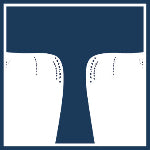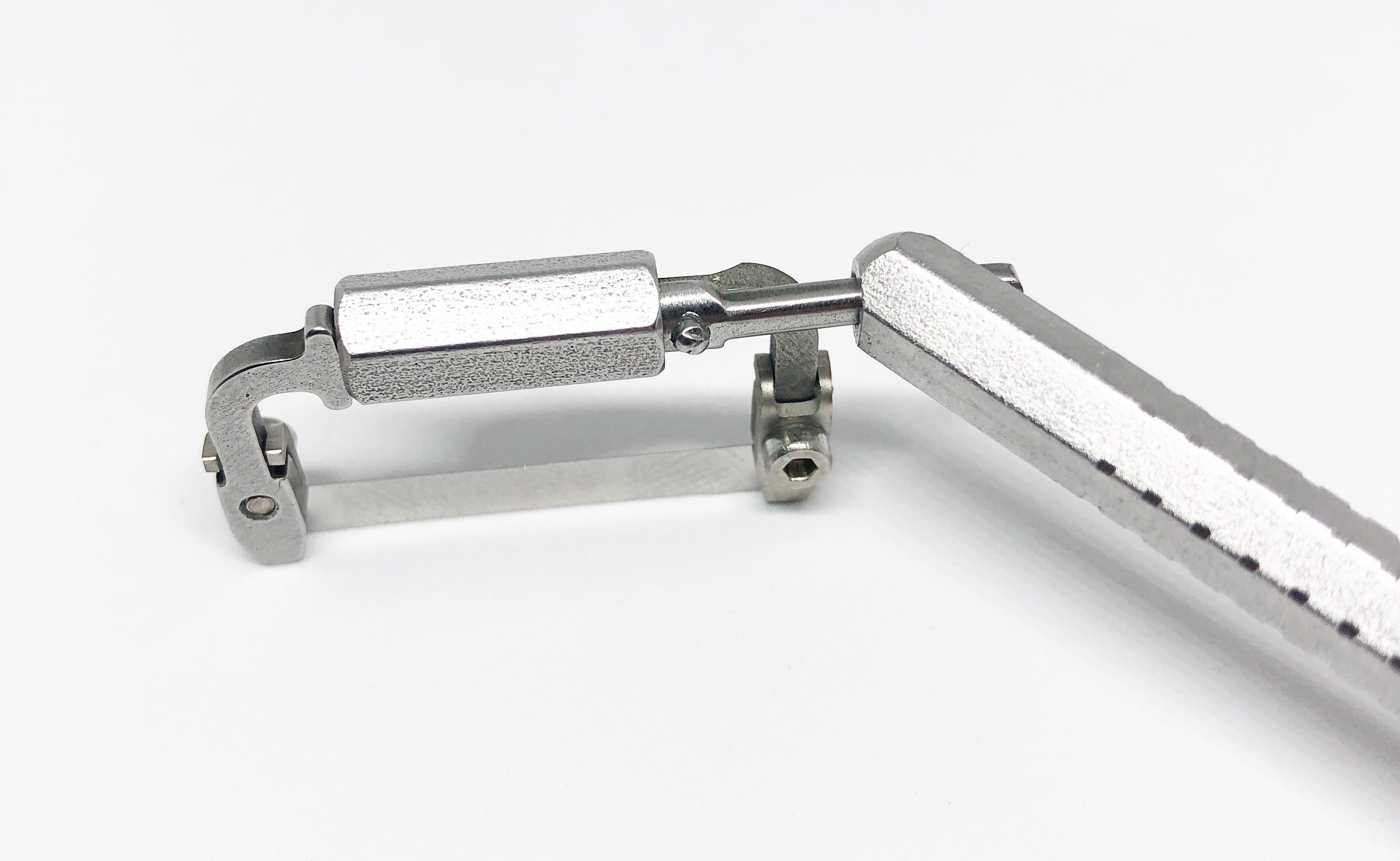Interproximal reduction (also known as IPR, tooth polishing, stripping, slenderization and selective reduction) is a standard orthodontic procedure in which small amounts of outer enamel are removed in order to make space for a correct and more aesthetically pleasing alignment of crowded teeth. The specific reason/s for getting this procedure done may vary from patient to patient, but the result is essentially the reduction of the mesial- distal size of teeth and increased stability through the flattening of the contact surfaces. Benefits of IPR include: the reduction of mild to moderate intra- arch crowding as well as the amount of expansion, proclination and extraction required. Along with less relapse, more parallel roots and more stable contact points.
While IPR is frequently used for the above-mentioned reasons, it is still a multipurpose method of space creation between adjacent teeth. Which allows it to also be used to diminish black triangles, help coordinate upper and lower midlines and above all, it aids in the process of Invisalign and other clear aligners instillation. When the need for the extra space between the teeth is acquired thanks to this procedure, the teeth are able to move during treatment which is what helps them properly align.
The techniques used in this process will depend on the individual case and the orthodontists' preferences, but they include and are not limited to:
Mechanical methods:
In a mechanical method of teeth reduction, tools like discs and mechanical files reduce the working time, give better visual access (due to their ability to rotate 360°) and the disc guard mounted over the hand piece protects the patients' adjacent teeth. However, there’s a higher risk of excessive enamel reduction and little flexibility.
Manual methods:
The manual method of teeth reduction allows for the re-contouring of the anterior and minor teeth and it is less aggressive than the mechanical system. With this method there is no risk of cutting the soft tissue. However, it’s much more time consuming and some debris might still be left behind.
In order to complete the procedure manually, the use of metallic strips coated with metal oxides, abrasive discs and some holding devices is required. It can be achieved with the air-rotor stripping technique (with fine tungsten- carbide/ diamond burs) which ensures precision and agility as well as the handheld/ motor-driven abrasive metal strips which are helpful when more enamel than the abrasive strips can handle has to be removed.
Interproximal reduction may sound like a rigorous process when in reality, it only involves 6 customary steps:
- Planning- during this stage, the orthodontist will determine exactly which teeth need to be slenderized and to what extent.
- Interproximal area access- this step is crucial as appliances or guards will be placed prior to stripping in order to protect the proximal teeth.
- Protecting soft tissues- brass or steel indicator wire will be used to protect the patients oral tissues from interproximal gum injury.
- Interproximal enamel removal- this is the step in which enamel from the chosen teeth will be manually or mechanically removed.
- Re- contouring- the procedure is done with this step in which the IPR teeth are polished and shaped to the original contours with a cone- shaped, triangular diamond burr.
- Topical fluoride treatment- to prevent enamel demineralization, the orthodontist may choose to treat tooth surfaces with fluoride gel after the above-mentioned steps are all complete.
In order to assist in this routine, we offer 2 different correction tools as well as a proxicut system. The perforated metal diamond polishing strips and metal diamond strips are ideal for interproximal finishing and IPR. They also come in 3 different thicknesses and grits (Coase: 0.16mm, medium: 0.11mm and fine: 0.08 mm). While our Tor VM Proxicut system (which is an approximal versatile polishing system) includes a proxicut holder, proxicut refills and a 7-position version proxicut handle. Metal and plastic polishing strips could be used with anterior and posterior holders.
As proven, interproximal reduction isn’t as frightening as it sounds and with a professional and the right tools you will come out the other side with a beautiful, straight, bright smile. We recommend the previously mentioned appliances to effectively achieve just that!

